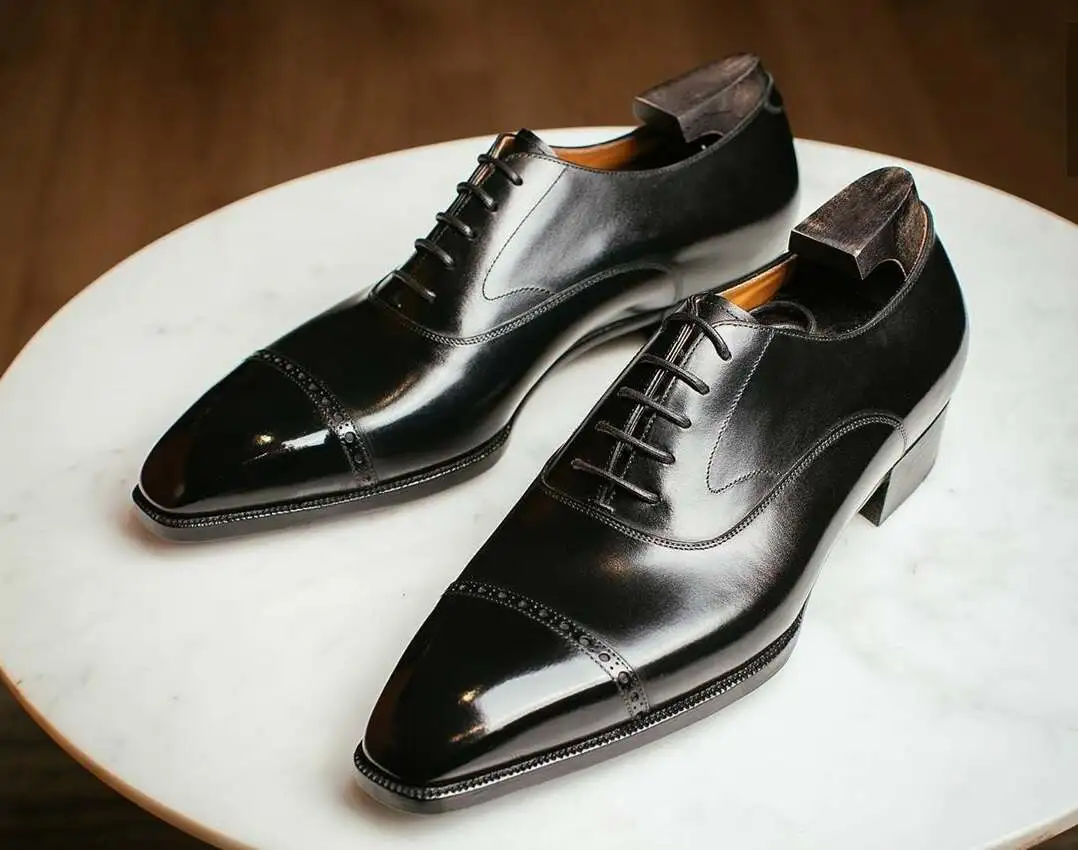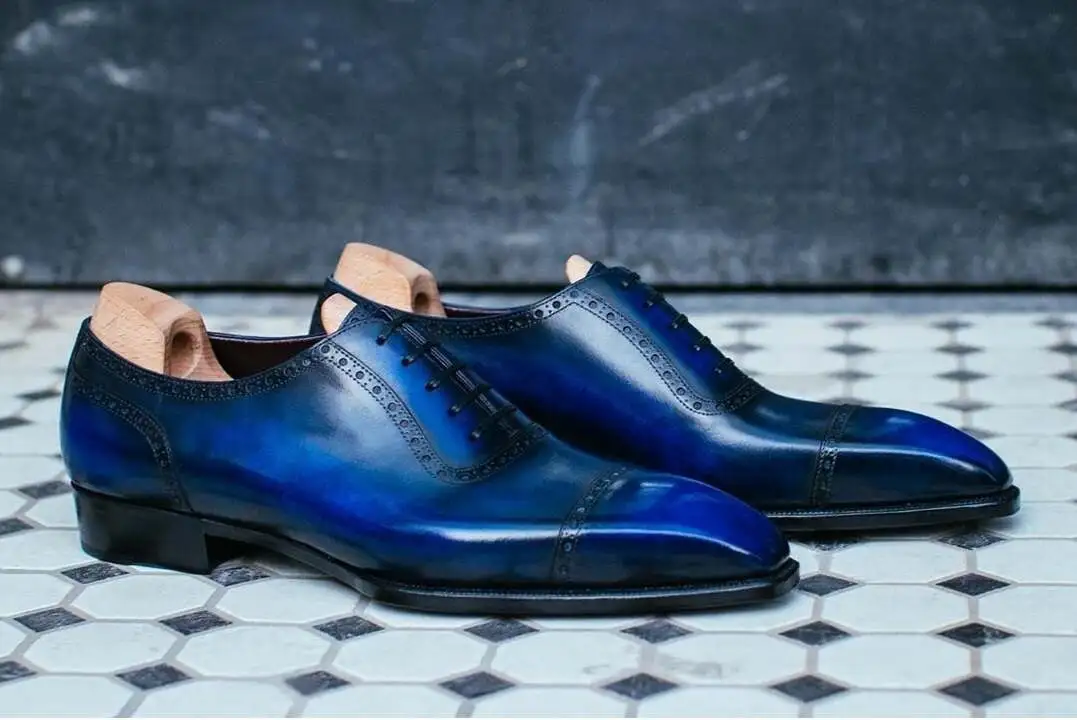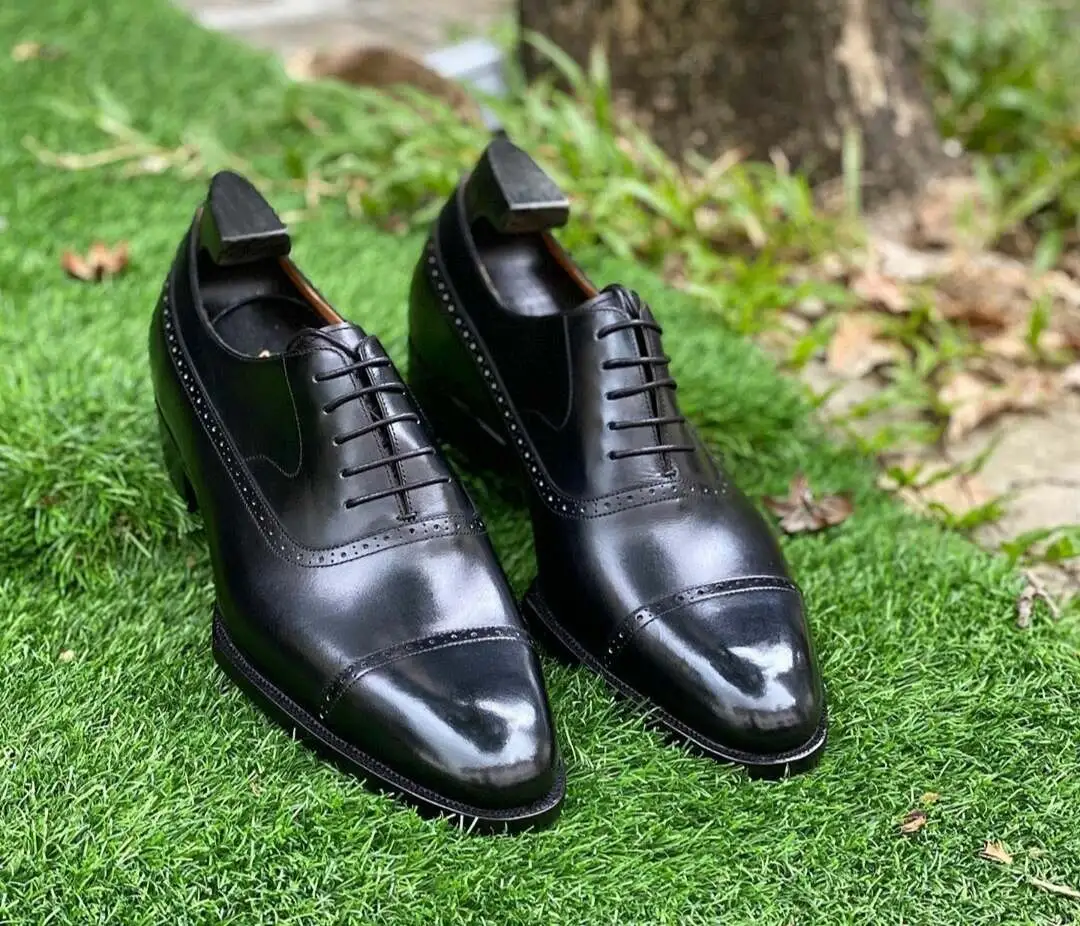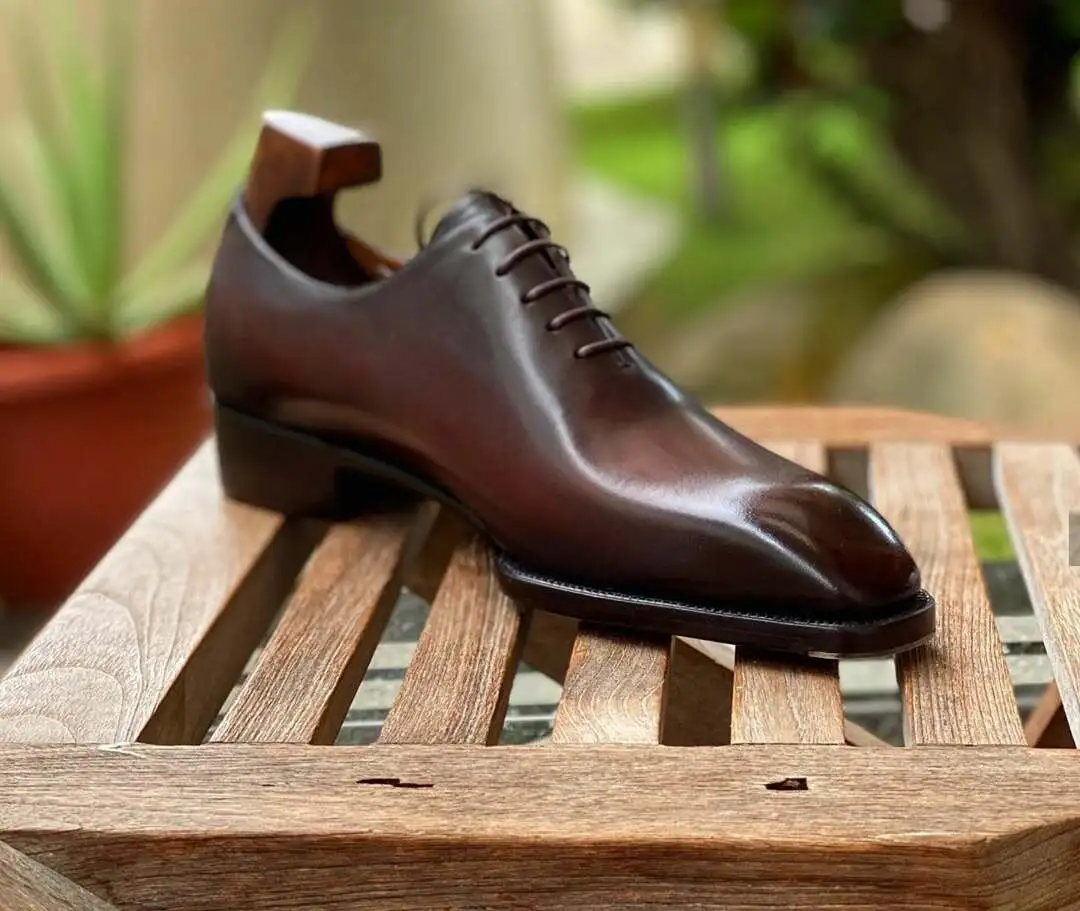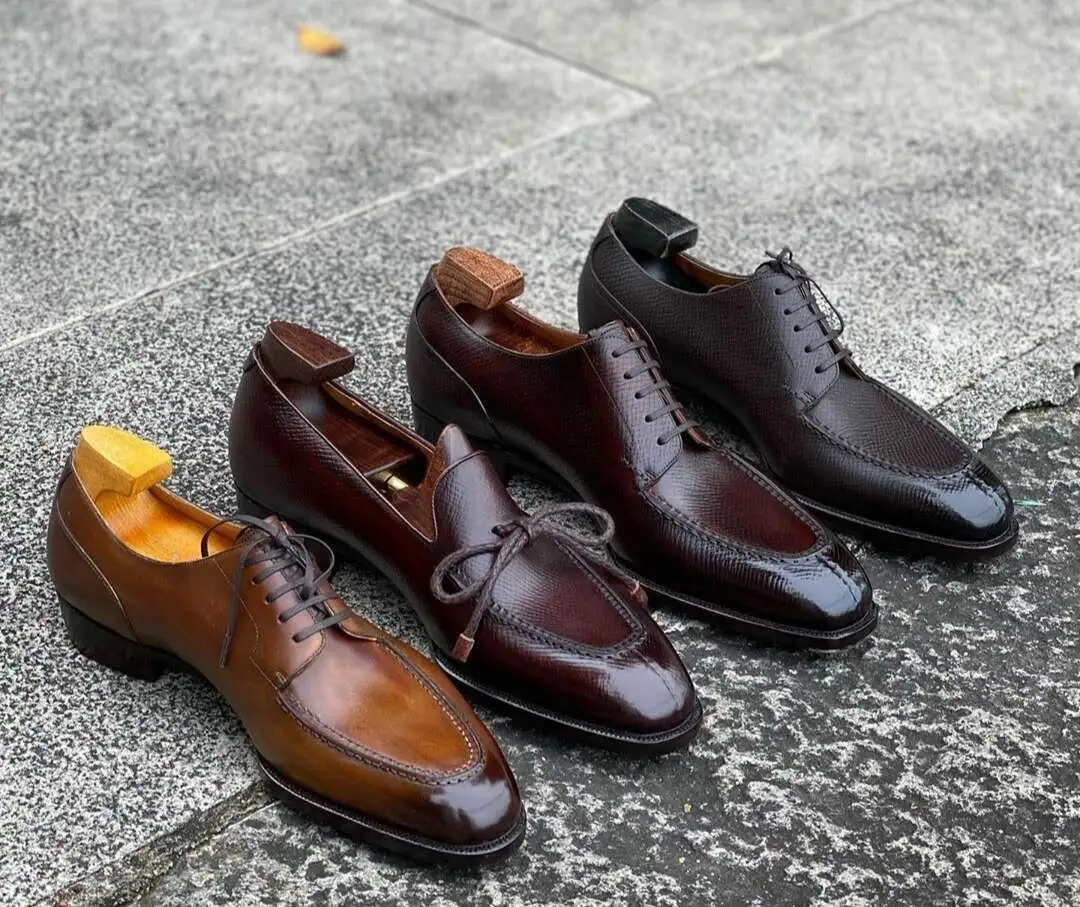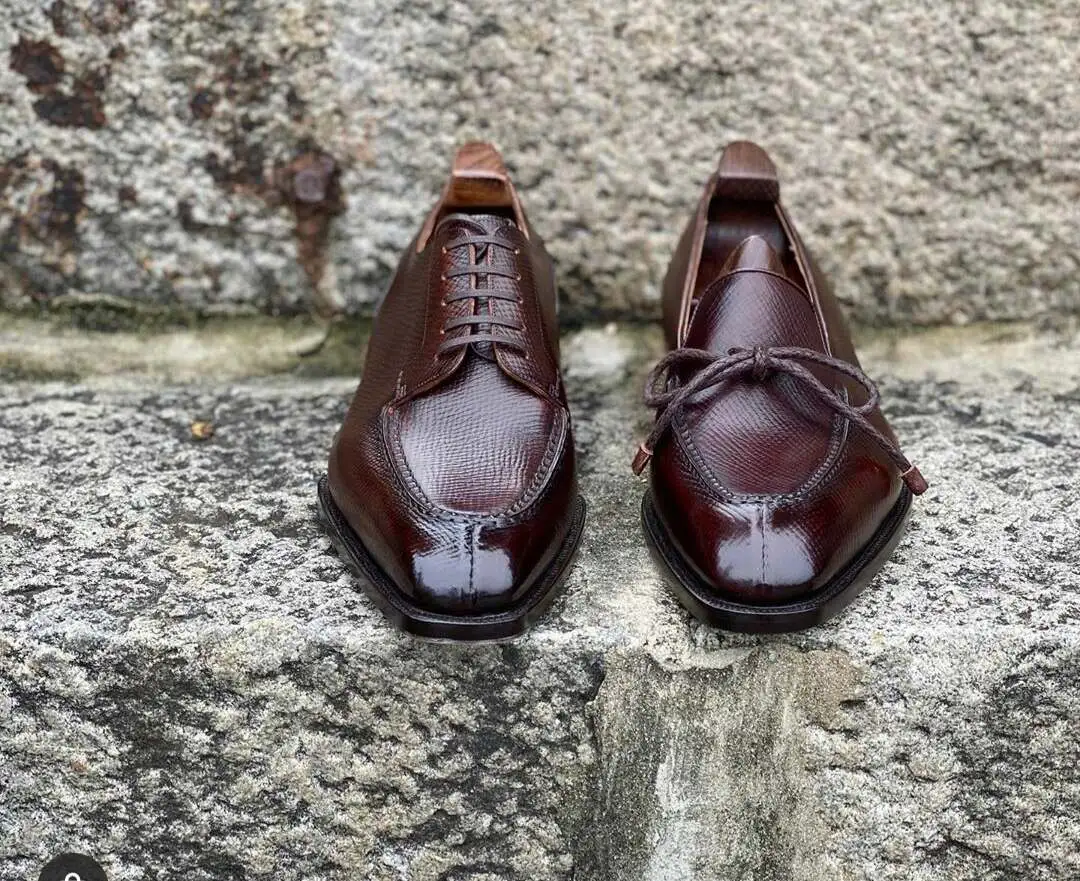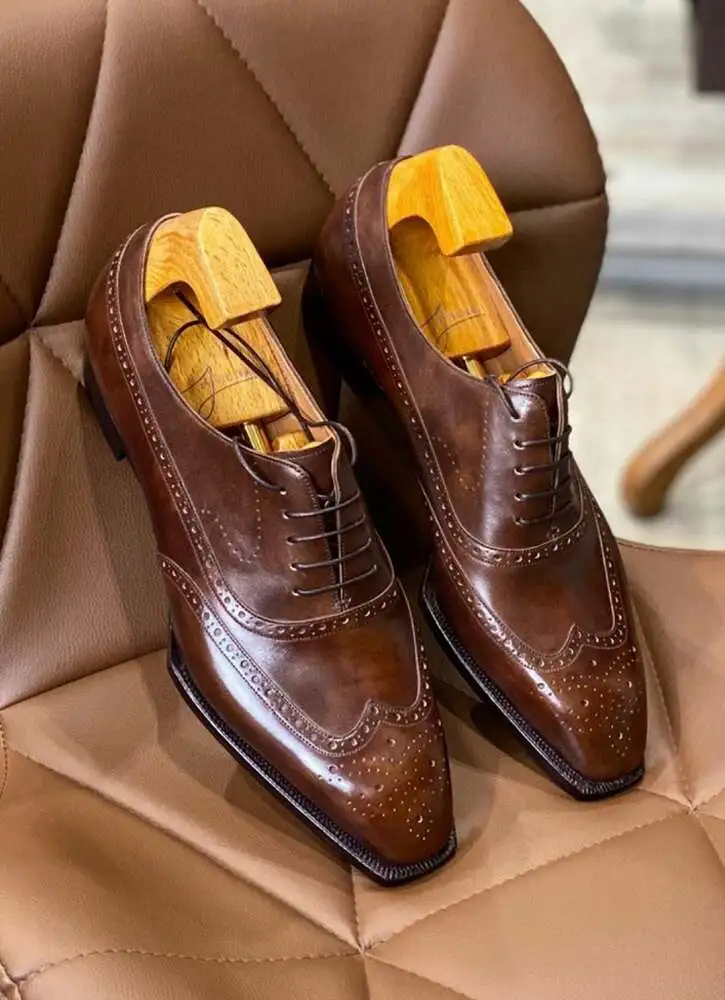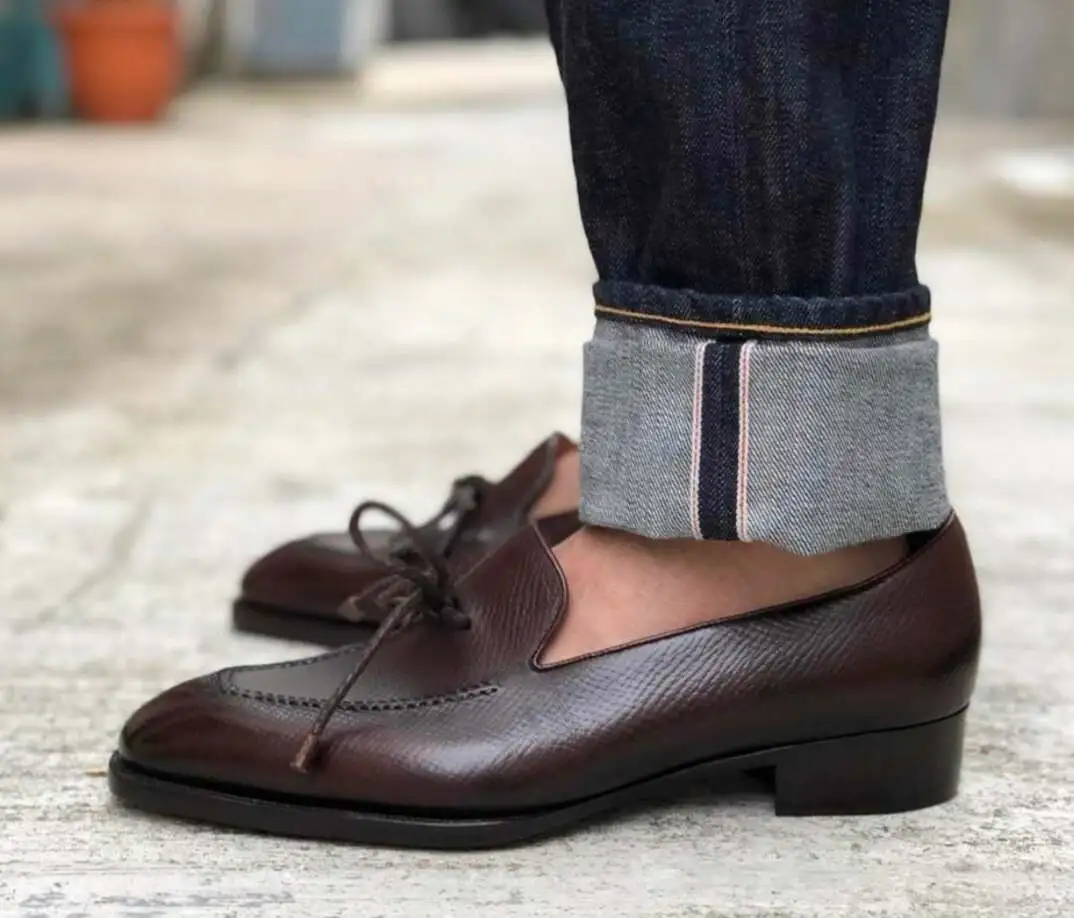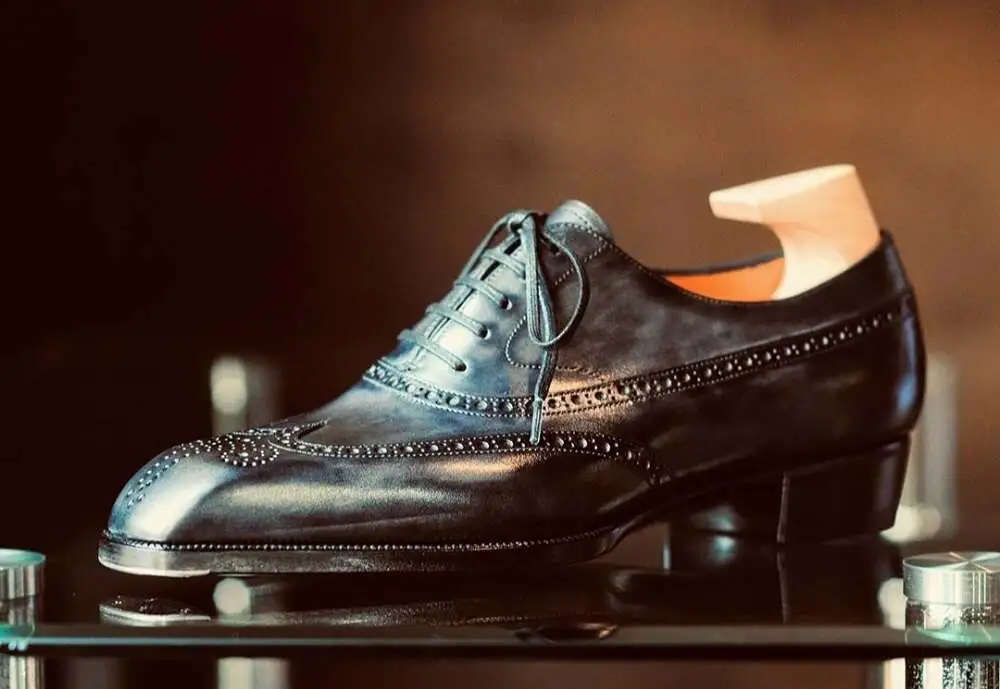

Brand History and Shoe Pricing: What You Should Know
In recent years, I’ve been highlighting newer shoemakers from China — such as Yim Shoemaker, Yearn Shoemaker, Acme Shoemaker, and Yeossal’s in-house line — as their craftsmanship is simply outstanding. But as their recognition grows, so does a troubling theme in the comments I receive. Some suggest these brands shouldn’t charge premium prices because they’re “too new” compared to heritage names like Saint Crispin’s. The debate around brand history and shoe pricing often confuses buyers about what truly determines value.
This mindset, though common, reflects a misguided brand-name pricing strategy — one that ultimately hurts the footwear industry and misleads consumers. Let’s unpack why.
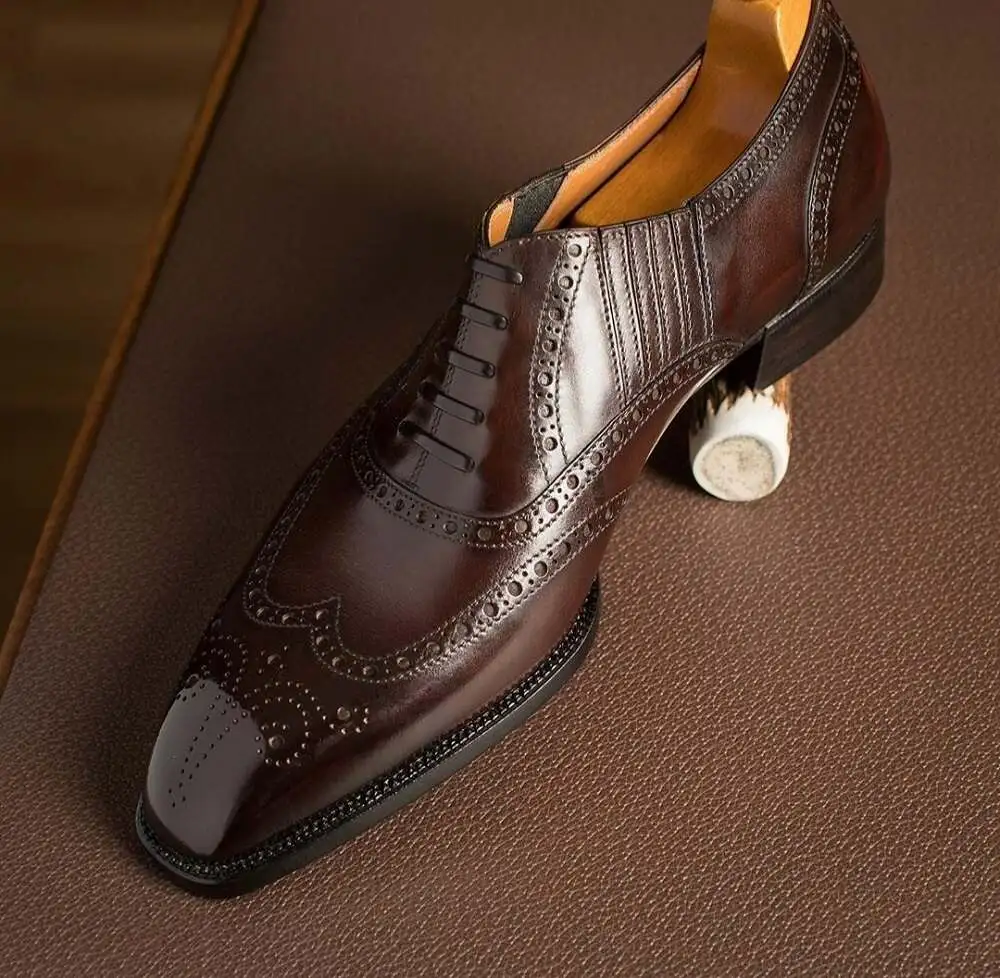



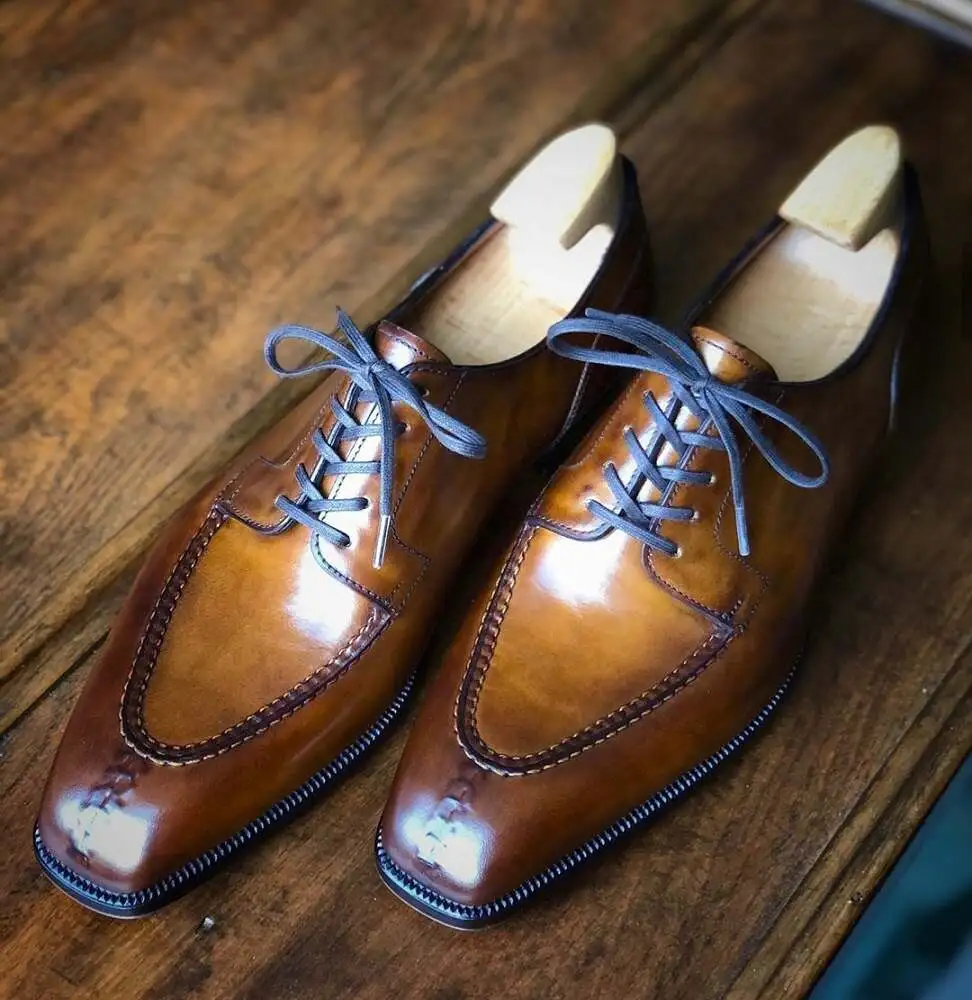

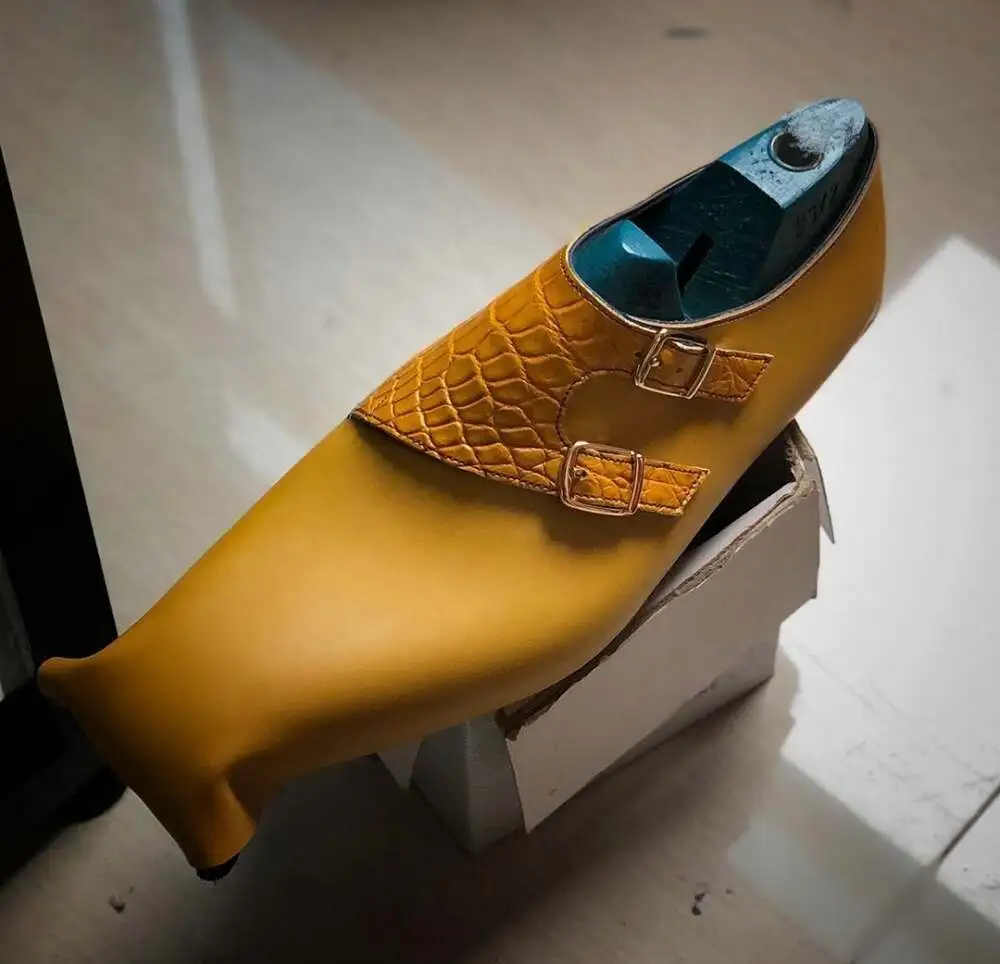

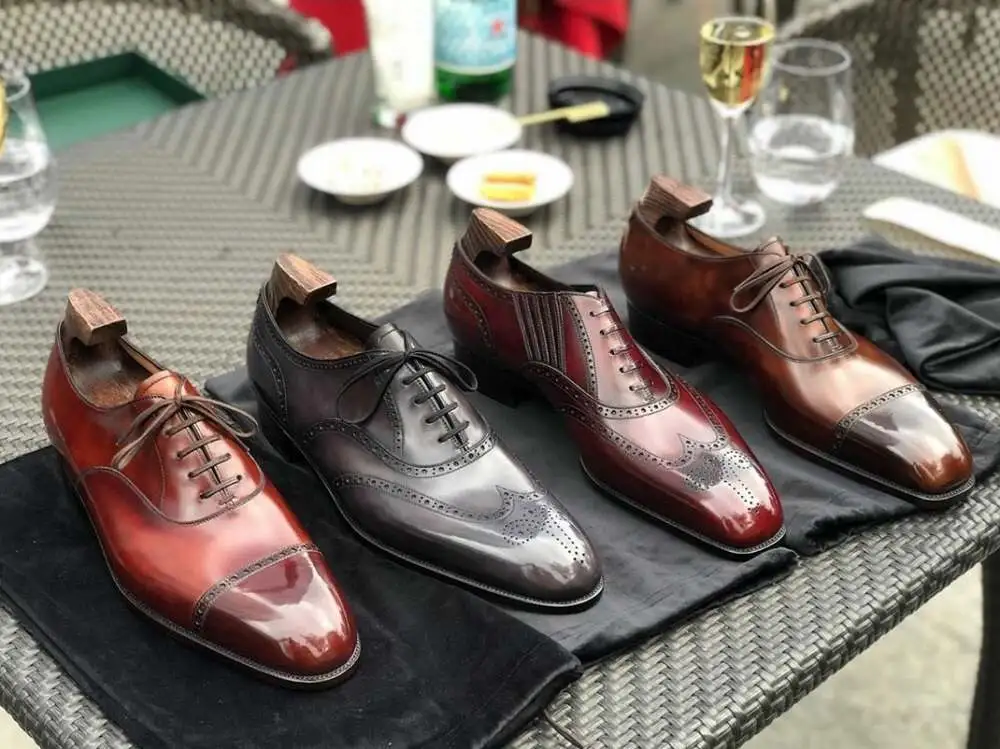

Quality, Not Legacy, Should Drive Pricing
Whether a brand is one year old or a century deep, quality should be the true indicator of price — not history. If a new shoemaker launches with exceptional materials, skilled craftsmanship, and refined design, they deserve to price their work accordingly.
The idea that newer brands must charge less simply due to their short tenure is outdated and harmful. A top-tier product is a top-tier product — regardless of whether it comes from a family-run English factory, a high-end Chinese atelier, or a rising Indian shoe factory.
The “Only European Shoes Are Good” Myth Is Over
Saint Crispin’s itself battled geographic bias when it launched — being based in Romania led to skepticism, largely fueled by ignorance and stereotypes. Despite this, they entered the market with premium pricing and didn’t compromise. Through transparency and relentless quality, they earned respect.
This example proves a key point: exceptional craftsmanship transcends borders. A brand’s location or age should never be a deciding factor in whether it can justify a higher price point. The materials and making are what should dictate that. Period.
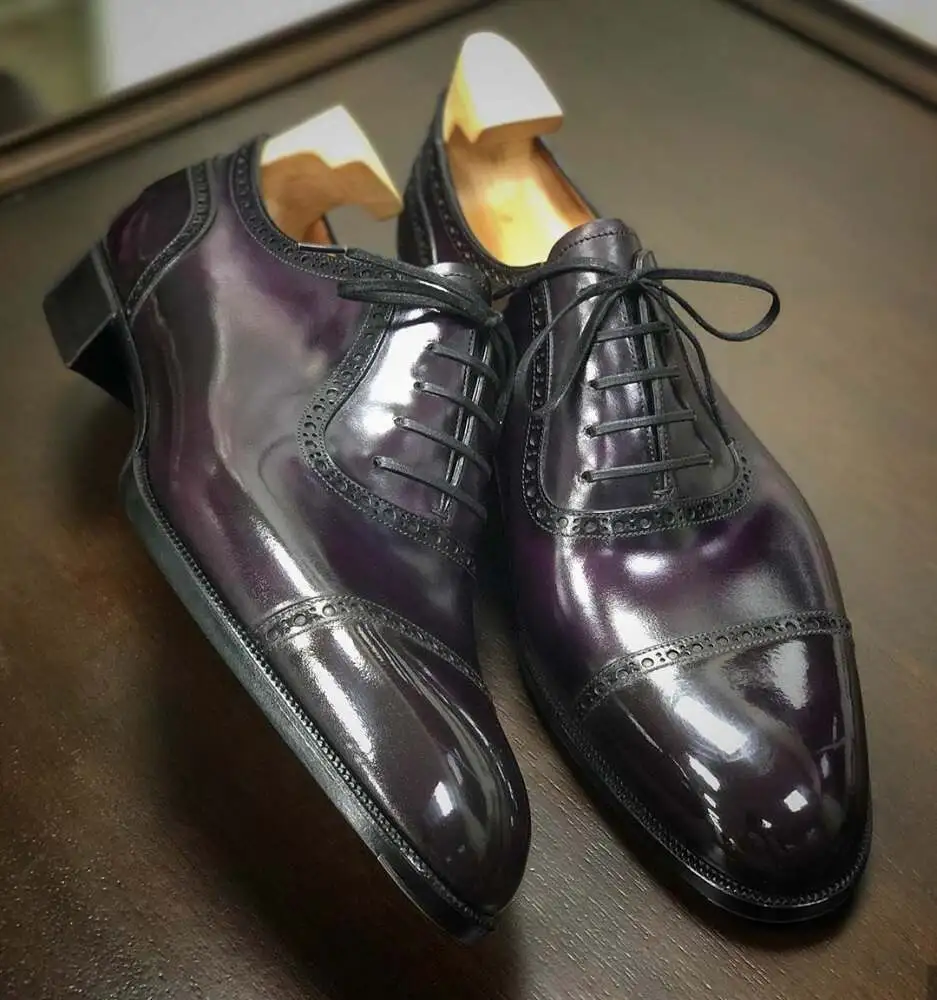

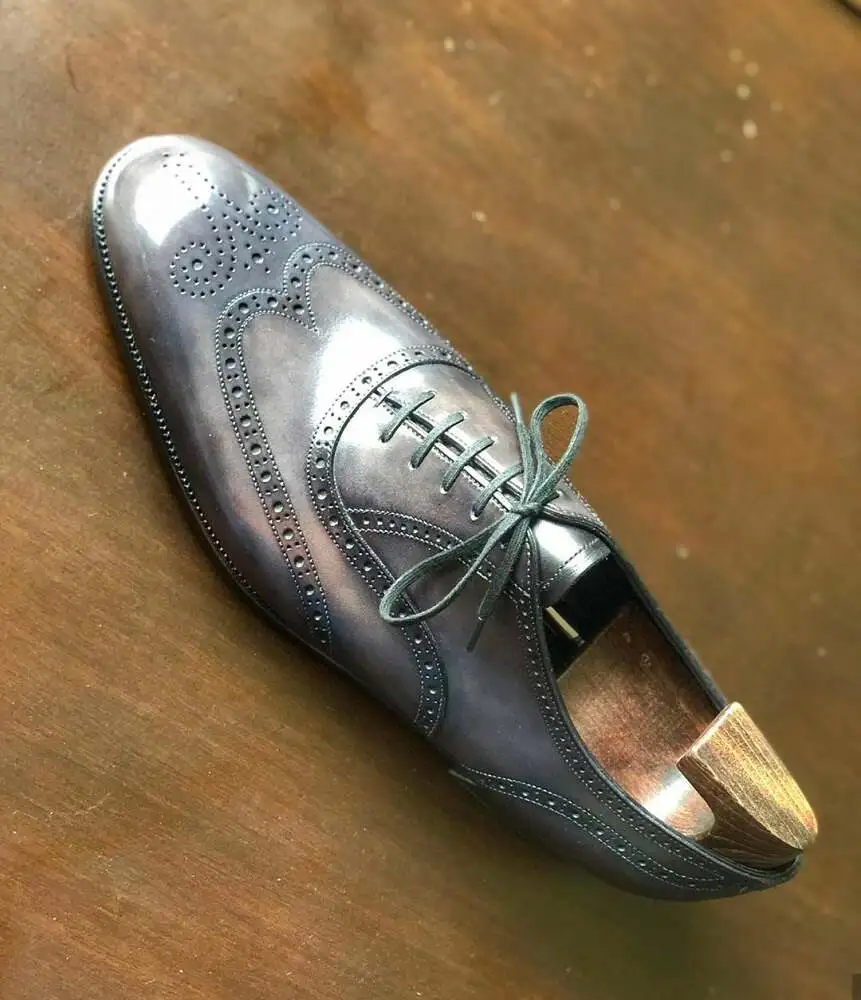

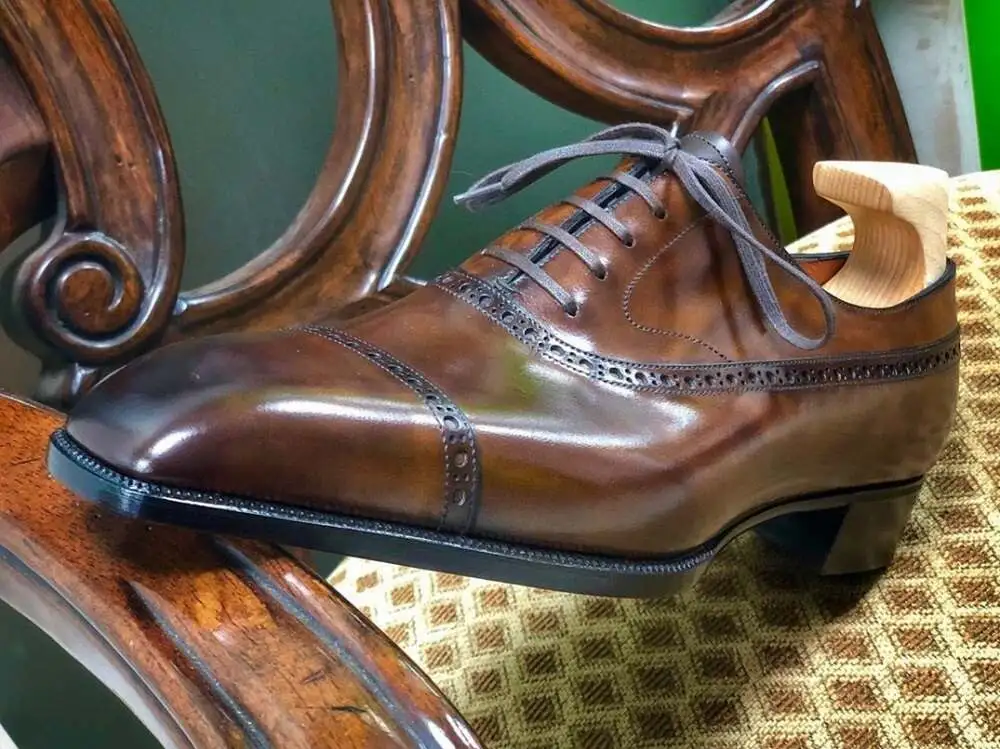

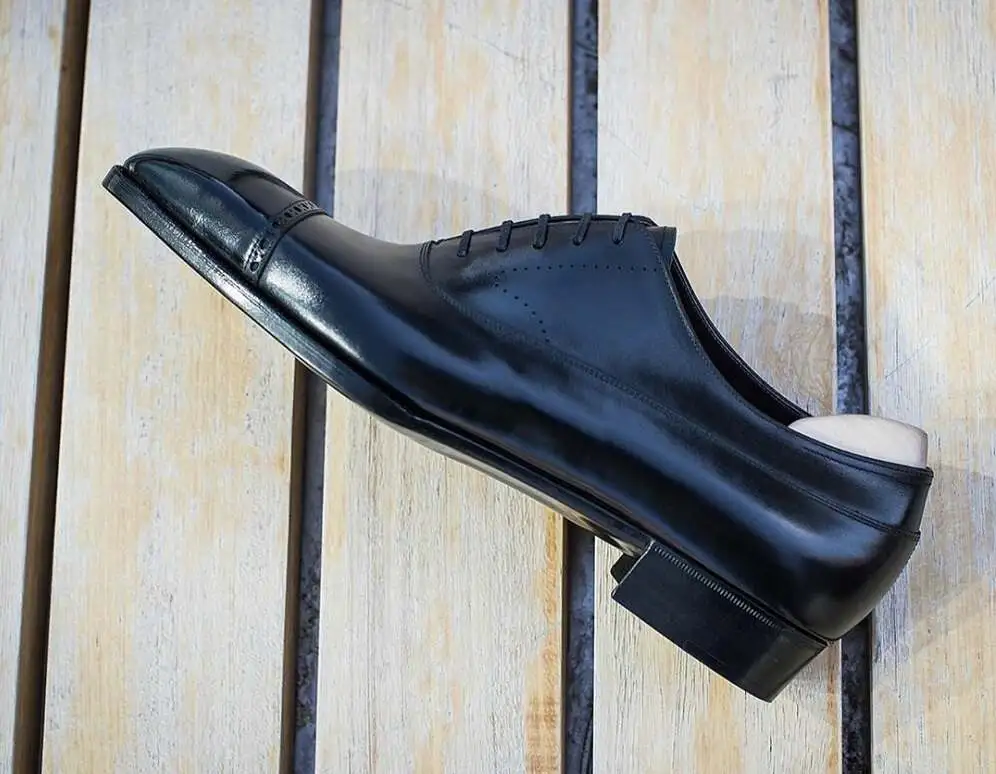

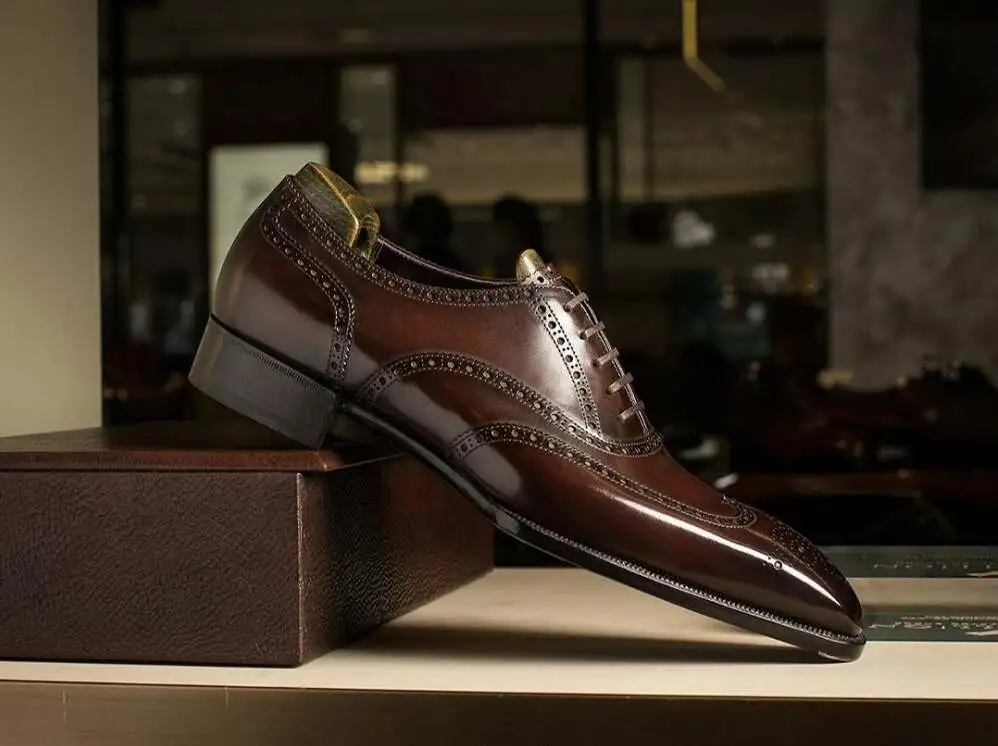

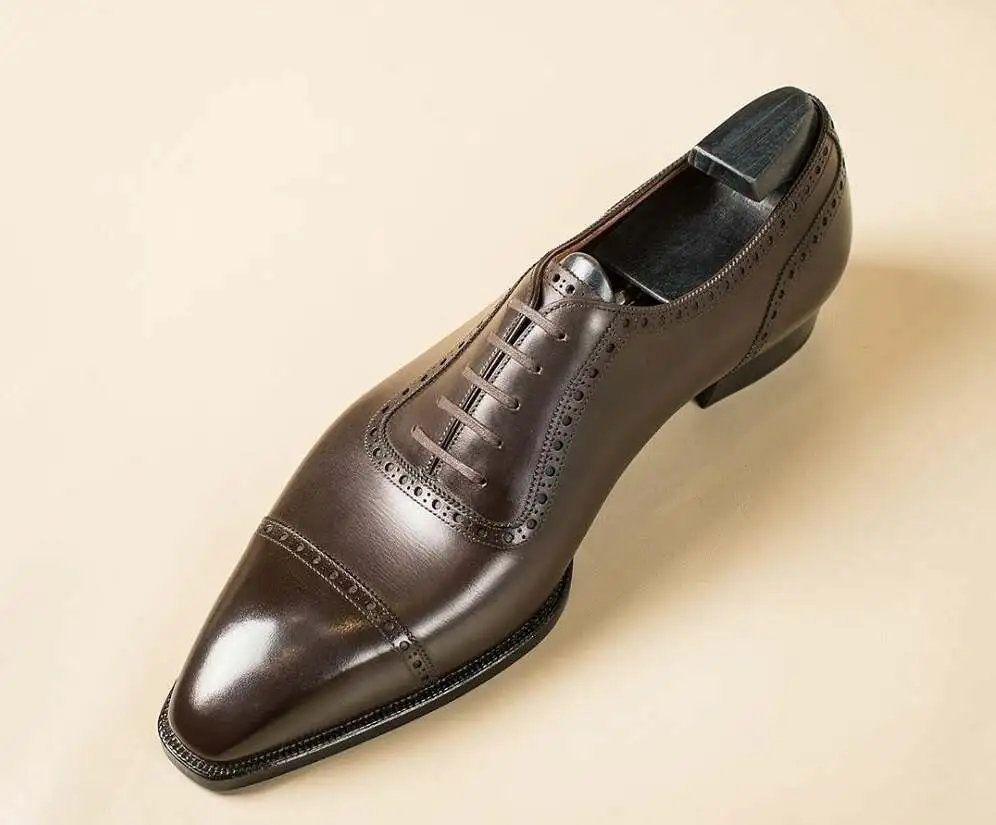

Legacy Brands Often Use History to Justify Inflated Prices
Here’s the harsh truth: once some long-standing brands achieve widespread loyalty, they often begin to exploit that trust. Prices go up. Quality declines. Production moves to cheaper labor markets. And customers? Many don’t notice — or worse, they assume the premium is still justified.
Look at examples like Church’s or Allen Edmonds. Once revered for quality, both have faced criticism for diminishing standards post-acquisition or expansion. Yet they continue to command high prices, riding on legacy and marketing.
This isn’t about respected makers like Carmina, Crockett & Jones, or Saint Crispin’s — who maintain control over their factories and output. It’s about large-scale brands using brand history as a pricing tool, not a quality benchmark.
Why Boutique Brands Often Deserve More Trust
Ironically, it’s often newer, boutique brands that deserve our trust the most. They’re motivated, eager to prove their value, and deeply invested in maintaining quality as they build a reputation from scratch.
Once a brand becomes too popular, the temptation to cut corners usually grows — and that’s when the decline starts. In contrast, smaller or newer companies are often more transparent, responsive, and pride-driven.
The Takeaway: Judge the Product, Not the Pedigree
If you take anything away from this post, let it be this:
- Don’t judge based on brand age or country of origin.
- Don’t compare pricing strictly against older brands with more name recognition.
- Judge based on the quality of the shoe itself — construction, materials, reviews, and the people behind the product.
Often, it’s the brands with the most pride and integrity — not just the longest history — that offer the best value.
Yim Shoemaker: https://www.instagram.com/yim.shoemaker/?hl=en
Acme Shoemaker: https://acmeshoemaker.com/
Yeossal: https://www.yeossal.com/
—Justin FitzPatrick, The Shoe Snob
Shop · Marketplace · J.FitzPatrick Footwear · Patreon
